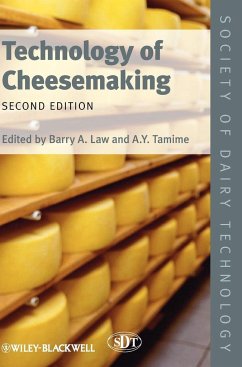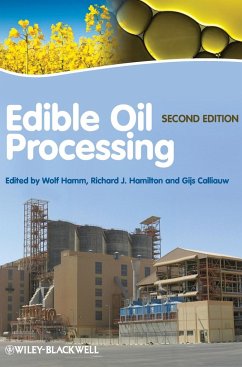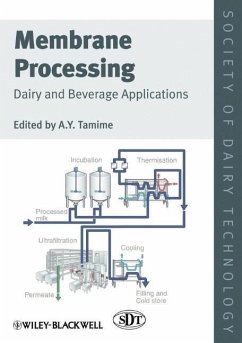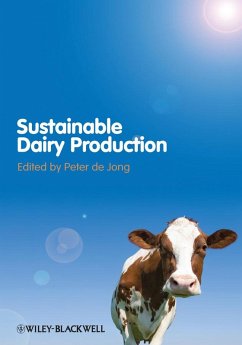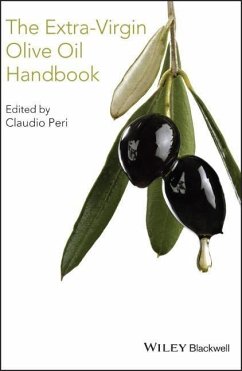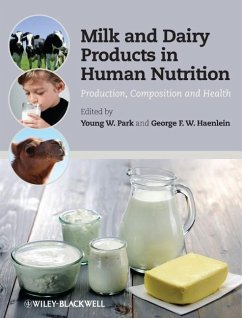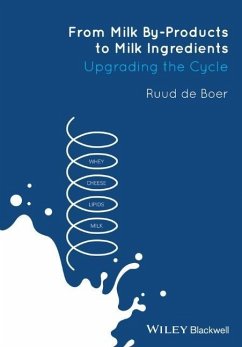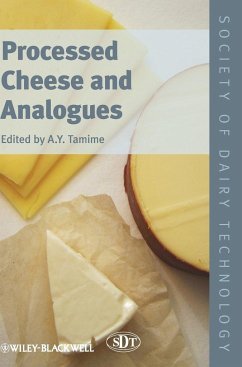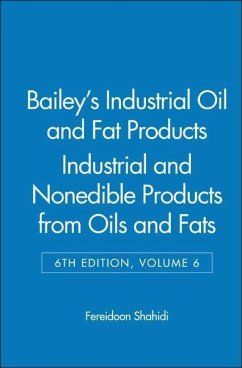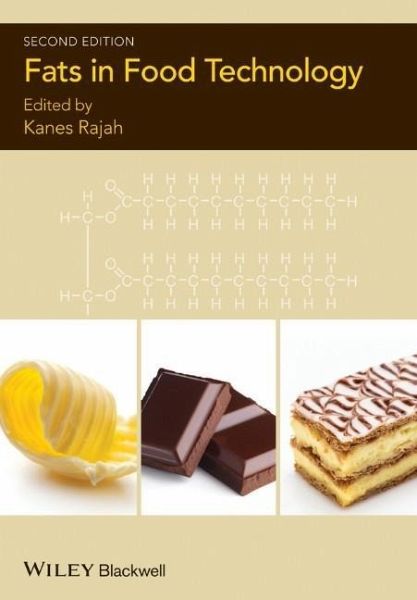
Fats in Food Technology
Versandkostenfrei!
Versandfertig in über 4 Wochen
211,99 €
inkl. MwSt.
Weitere Ausgaben:

PAYBACK Punkte
106 °P sammeln!
Fats are present in some form in the vast majority of processed foods we consume, as well as in many 'natural' products. Changes in consumer behaviour, centered around an increased emphasis on healthy food consumption, mean that it is more important than ever for food scientists to understand the properties, roles and behaviours that fats play in food and in diets.Fats in Food Technology, Second Edition is an in-depth examination of the roles and behaviours of fats in food technology and the benefits that they impart to consumers. It considers both fats that are naturally present in foods (suc...
Fats are present in some form in the vast majority of processed foods we consume, as well as in many 'natural' products. Changes in consumer behaviour, centered around an increased emphasis on healthy food consumption, mean that it is more important than ever for food scientists to understand the properties, roles and behaviours that fats play in food and in diets.
Fats in Food Technology, Second Edition is an in-depth examination of the roles and behaviours of fats in food technology and the benefits that they impart to consumers. It considers both fats that are naturally present in foods (such as milk fat in cheese) and fats that have been added to improve physical, chemical and organoleptic properties (like cocoa butter in chocolate). Newly revised and updated, the book contains useful information on the market issues that have driven change and the disciplines that have helped to regulate the trade and use of fats and oils in food technology. Drawing on the recent literature as well as the personal R&D experiences of the authors, the book highlights those areas where potential efficiencies in processing and economy in the cost of raw materials can be made. Issues concerning health, diet and lifestyle are covered in dedicated chapters.
This book will be useful to anyone in industry and research establishments who has an interest in the technology of fat-containing food products, including scientists in the dairy, spreads, bakery, confectionery and wider food industries, as well those involved in the production of edible oils.
Fats in Food Technology, Second Edition is an in-depth examination of the roles and behaviours of fats in food technology and the benefits that they impart to consumers. It considers both fats that are naturally present in foods (such as milk fat in cheese) and fats that have been added to improve physical, chemical and organoleptic properties (like cocoa butter in chocolate). Newly revised and updated, the book contains useful information on the market issues that have driven change and the disciplines that have helped to regulate the trade and use of fats and oils in food technology. Drawing on the recent literature as well as the personal R&D experiences of the authors, the book highlights those areas where potential efficiencies in processing and economy in the cost of raw materials can be made. Issues concerning health, diet and lifestyle are covered in dedicated chapters.
This book will be useful to anyone in industry and research establishments who has an interest in the technology of fat-containing food products, including scientists in the dairy, spreads, bakery, confectionery and wider food industries, as well those involved in the production of edible oils.



